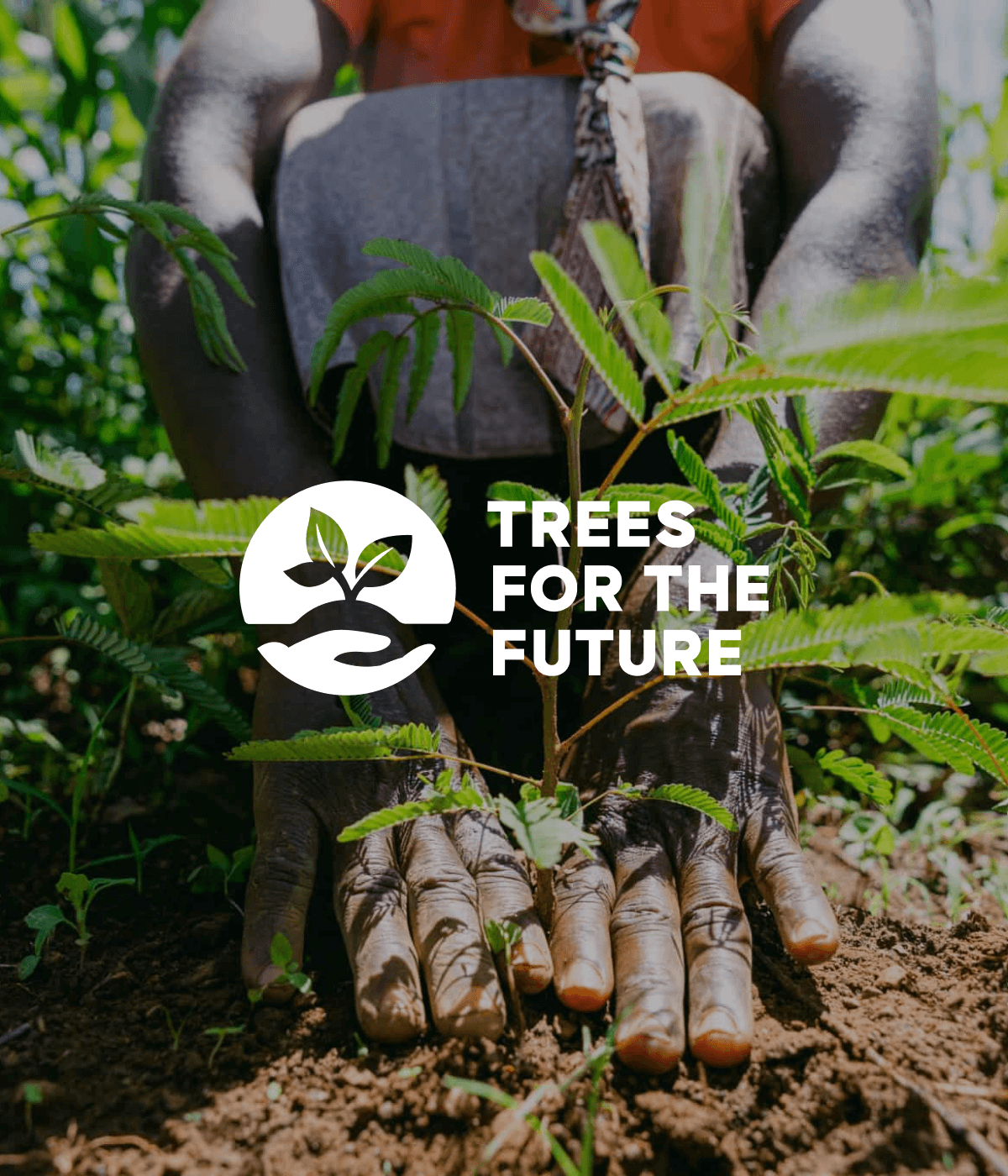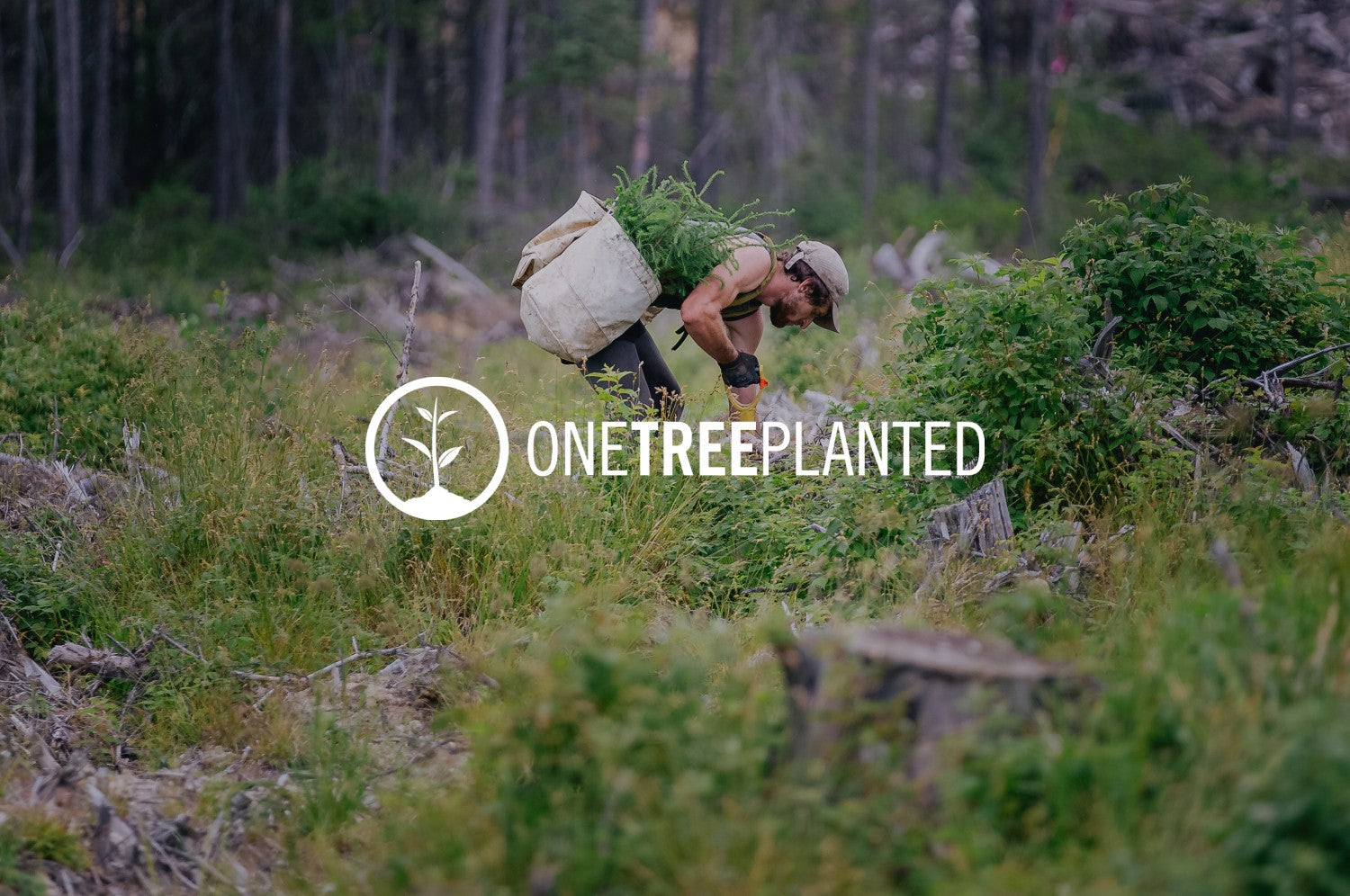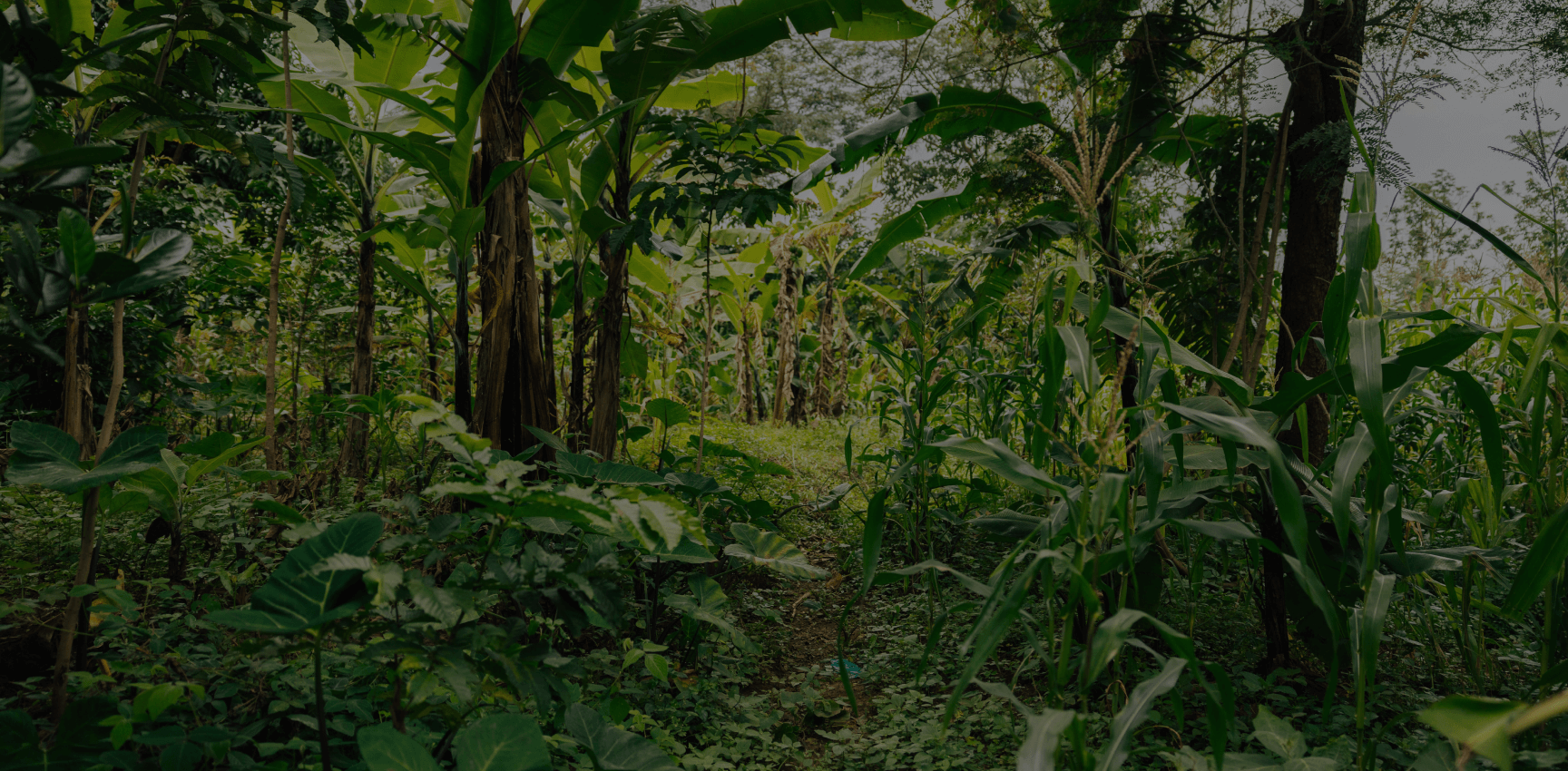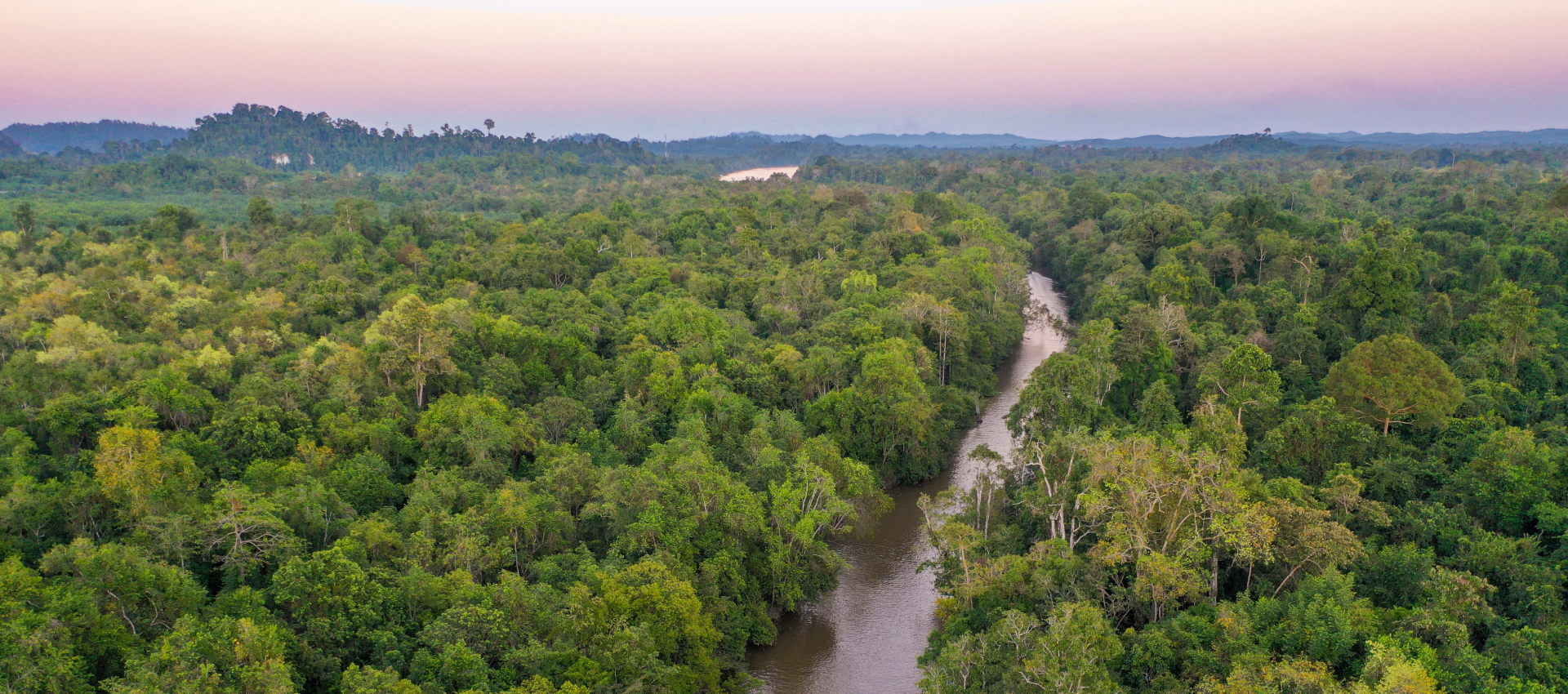
We’re serious about trees. Planting them, protecting them—patrons of the forests in partnership with good folk who make a real difference.
At Passenger, we know that everything we do has an impact. That’s why we try to leave a smaller footprint along the way, whilst giving back to the planet and people who make this journey possible. Setting good, strong roots with our long-time conservation partners.
Why the trees obsession? Well as some may know, Passenger began as a pipe dream out the back of a beat-up T4 campervan aptly named Douglas Fir. To say that we’re inspired by the forest and its inhabitants is an understatement. It’s a part of who we are and what we do.
“For every order, we plant a tree”. Roots in the ground, absorbing carbon from the air. But it’s so much more than that.
Where Do We Plant Trees?
We’ve planted more than three million native trees in soil all over the globe. These trees have been planted in almost 1,000 Forest Gardens throughout Uganda, Kenya, Tanzania, Senegal and Mali, which have helped thousands of local people on the pathway out of poverty and hunger. When you zoom out and add it all up, that’s estimated to help capture tens of thousands of metric tons of CO2 over the next 20 years.
We’ve seen it first-hand in East Africa, the good work of Trees for the Future and their pioneering Forest Garden Approach, which gives farmers and their families a chance to reclaim their land for good. Freeing them from generational poverty and allowing them to rebuild food systems to provide for their communities.
So if you’ve ever thought: “I wonder where my tree is?”. Well, now you know. Watch the video below for a snapshot of your impact in East Africa.
Where Do We Protect Rainforests?
Working with the Rainforest Trust, we’ve helped to halt destructive threats to acres and acres of rainforests all over the world. Since 2019, we’ve donated monthly to their Conservation Action Fund. This directly supports the protection of endangered species, preserves traditional ways of life for Indigenous Peoples and conserves the biodiversity of rainforests around the globe.
Passenger has helped to protect over 62,000 acres of rainforest in partnership with the Rainforest Trust. In the year 2022 alone, we supported the protection of 1,700 acres, a landmass larger than the footprint of Glastonbury festival (1,100 acres).
Our Conservation Partners

Trees for the Future
Over the past few years, we’ve worked very closely with conservation partners, Trees for the Future (TREES), who have planted over 300 million trees in the ground since 1989. But there’s more to the Forest Garden Approach - it’s a specialist mix of agroforestry techniques that empower farmers to take back control of their land, diversify their crops and improve their livelihoods.
By diversifying production and protecting their soil, Forest Gardeners farm with nature, rather than against it. Moving portions of their land away from monocrops in favour of variety, producing dozens of food and resource crops for their families, year-round. Not only are they left with plenty to eat, they can now sell their produce at local markets. It’s an incredible multi-step programme—one that we’re proud to support.

Rainforest Trust
To date, the Rainforest Trust has protected over 50 million acres of rainforest. They do this by establishing legally recognised areas of protection in partnership with local organisations and communities. It’s a cost-effective conservation model with a 36-year success rate, creating permanent refuge for endangered species facing direct threats from loggers, miners, and ranchers.
With conservation projects in over 62 countries across Latin America and the Caribbean, Africa, and Asia-Pacific, we help to fund their efforts through monthly contributions to the Conservation Action Fund. Through partnerships like ours, the Rainforest Trust can work towards the long-term protection of tropical ecosystems and the wildlife they hold. Allocating 100% of their donations to conservation action.

One Tree Planted
One Tree Planted works with partners across 47+ countries in North America, Latin America, Africa, Asia, Europe and the Pacific. Global projects help to restore forests after fires and floods, create jobs, build communities, and protect habitat for wildlife.
We’ve supported One Tree Planted with various tree-planting projects over the years. During Green Friday 2024, we funded wildfire restoration in the Pacific Northwest across the states of Oregon and Washington, as well as further south in California. For Green Friday 2025, we committed to fund suburban Green Belt planting and reforestation in Europe.

Earthly
Earthly supports nature-driven solutions that remove carbon, restore biodiversity and improve livelihoods around the globe. From mangrove restoration in Madagascar to agroforestry in Kenya, tree planting in the UK to peatland protection in Indonesia, through solid partnerships, Earthly makes sure its impact delivers meaningful support to both nature and the people who rely on it.
For Green Friday 2024, we donated to Earthly’s mangrove restoration projects in Madagascar, to help restore degraded coastal ecosystems, soak up carbon, prevent flood damage, and support local communities with better fisheries and jobs. From 2025 onwards, every item sold via one of our retail partners will support mangrove restoration.
FAQs
Is planting trees greenwashing?
It can be. Passenger has been planting trees since day one and there weren’t many of us doing it back then. Putting roots in the ground is just one part of our responsibility initiatives, but it’s the part we’re most known for.
It’s a simple, direct and real way for our community to give back with every purchase. Many other businesses now choose to plant trees too which we’re all for, but in fashion or not, we’ll keep on planting trees today and tomorrow as we always have.
Do the local people benefit from tree planting?
Trees for the Future and their pioneering Forest Garden Approach give farmers and their families a chance to reclaim their land for good. Freeing them from generational poverty and allowing them to rebuild food systems to provide for their communities. We saw this first-hand on our trip to Eastern Uganda, a three-day adventure into the heart of Mt Elgon National Park.
Are trees good for the climate?
By absorbing carbon dioxide and other greenhouse gases from the atmosphere, trees play a big role in combatting climate change. They don’t solely mitigate (remove) carbon, they also sequester it—absorbing carbon dioxide during photosynthesis and storing it in their leaves, later transferring it to the forest floor when they eventually fall from the trees in autumn and decompose.
Do trees help to purify the air?
Through their leaves and bark, trees absorb harmful pollutants and release clean oxygen into the atmosphere. In cities and built-up areas, trees absorb pollutant gases like nitrogen oxides, ozone, carbon monoxide and sweep up particles like dust and smoke.
Does planting trees help wildlife?
75% of land animals and plants live in forests. This means that a single tree can be home to hundreds of species and a square kilometre of forest may be home to over a thousand diverse and vital living beings.





